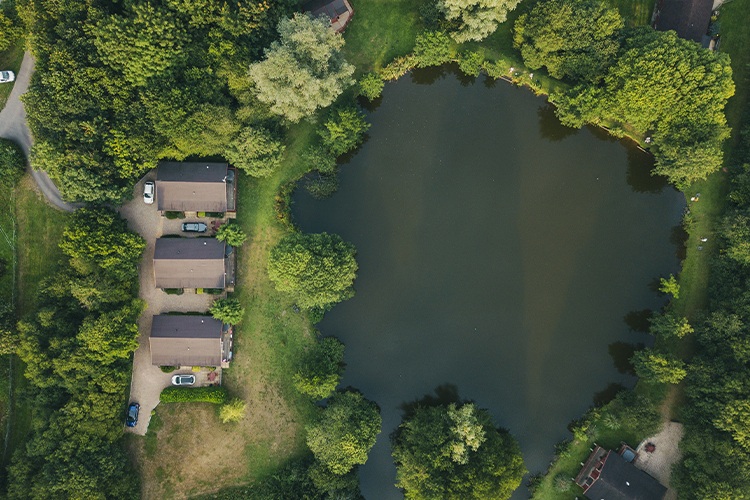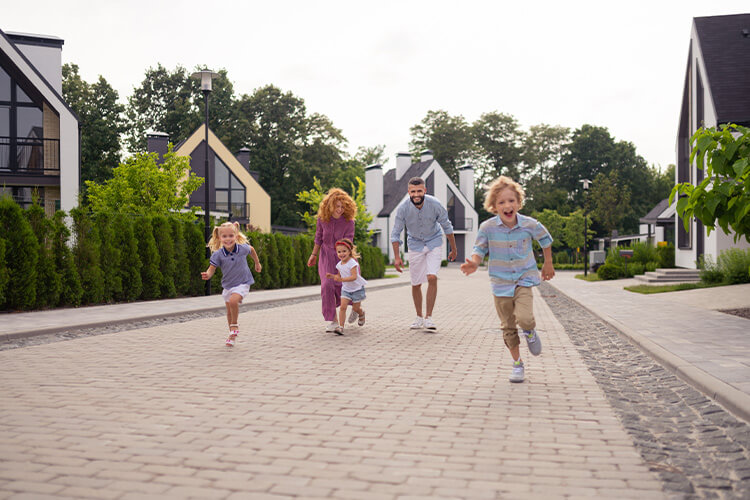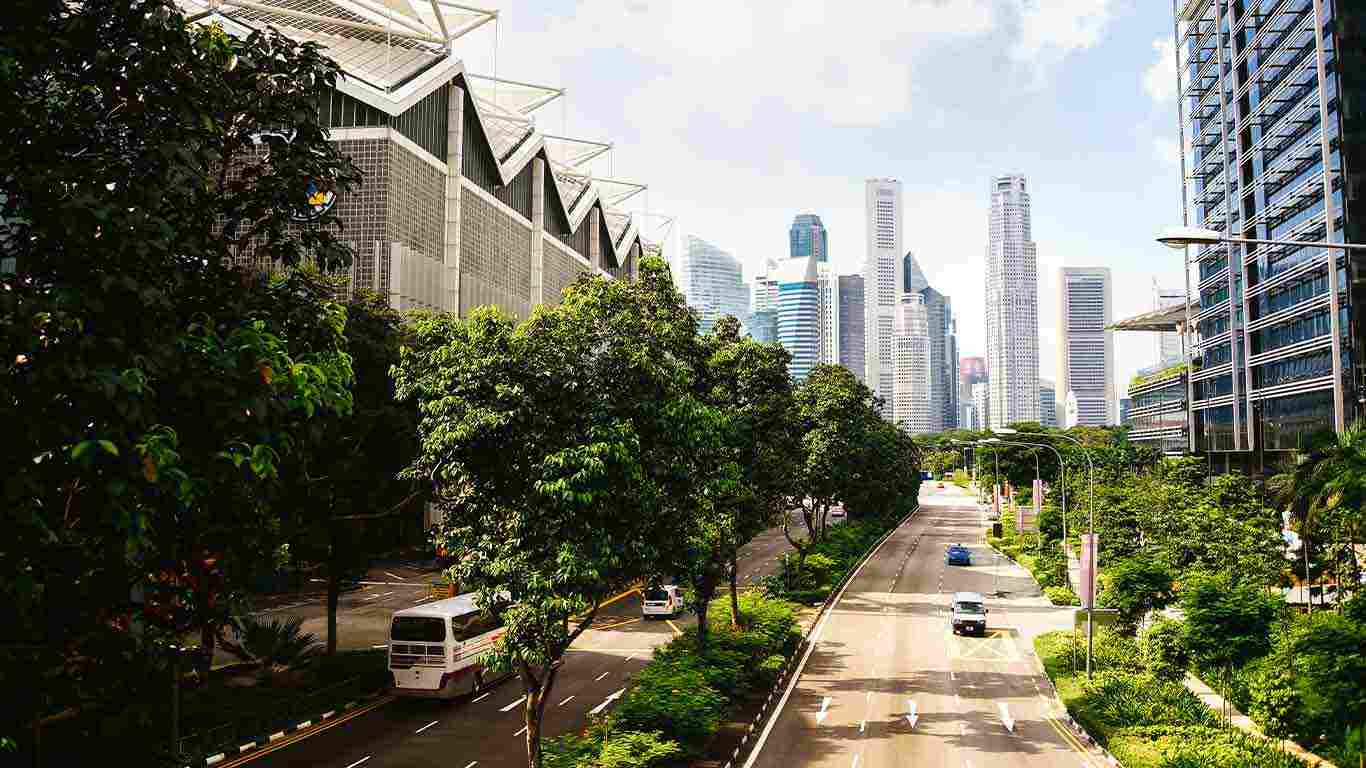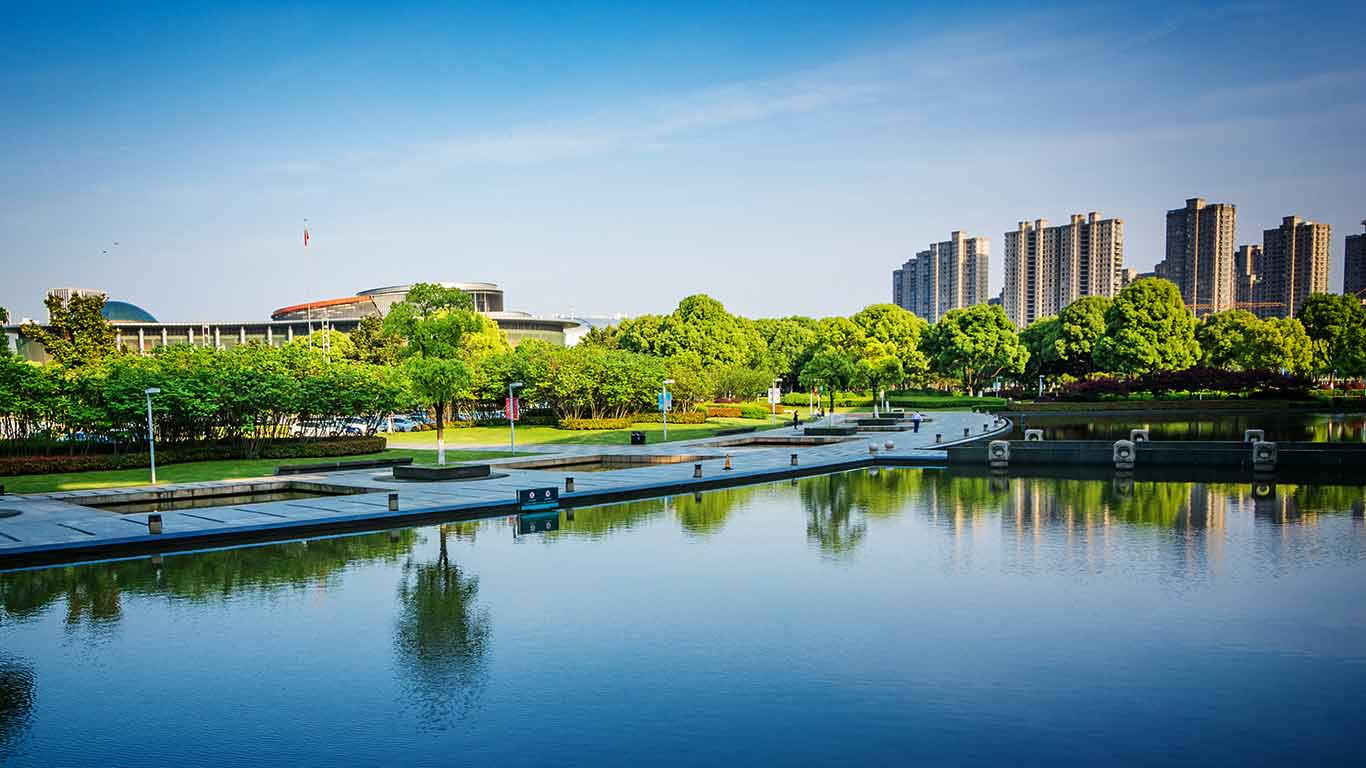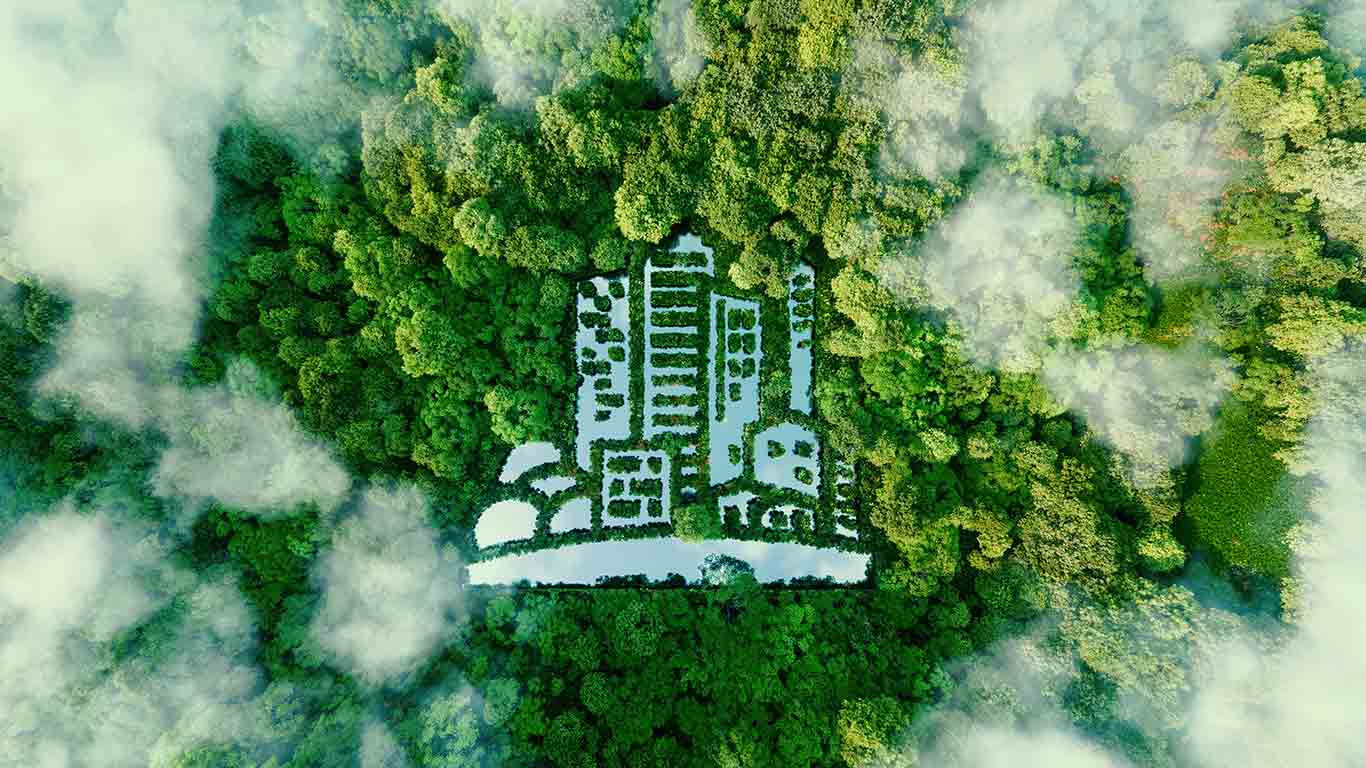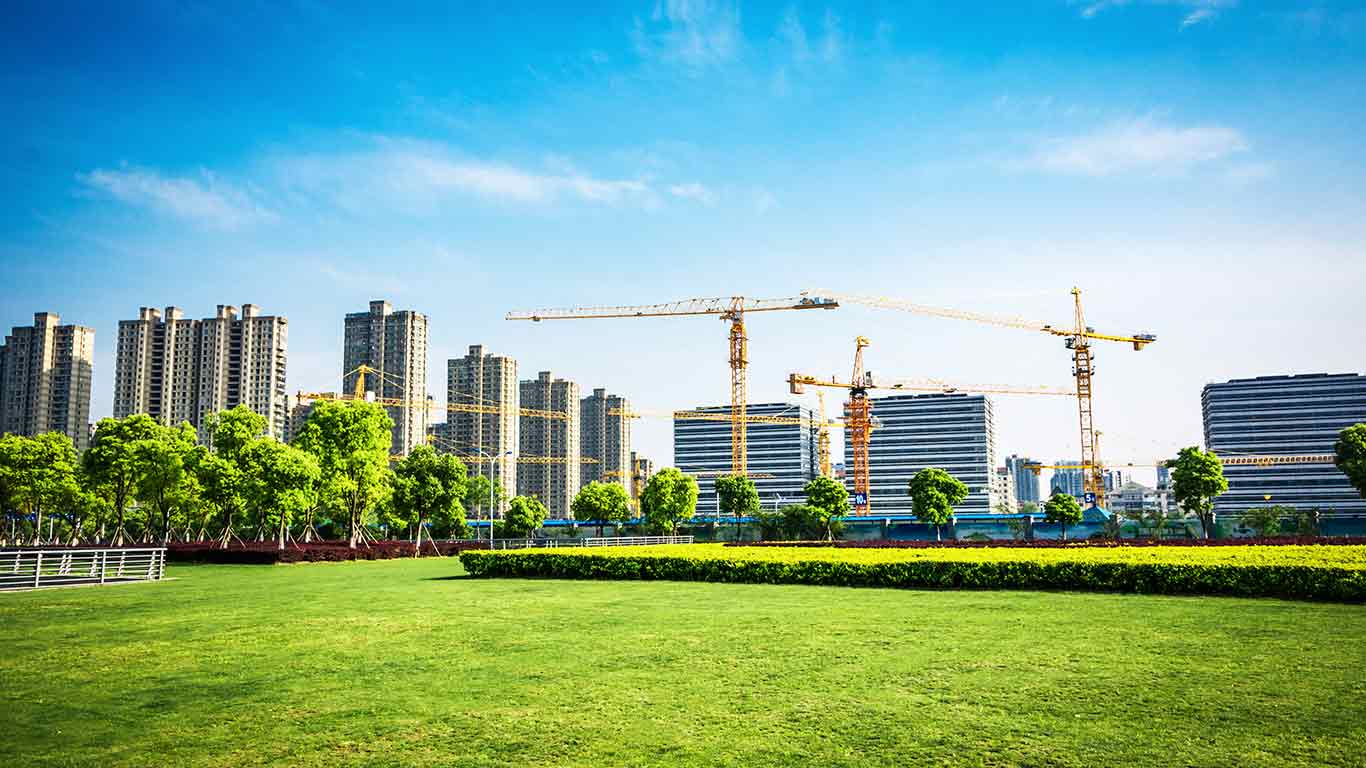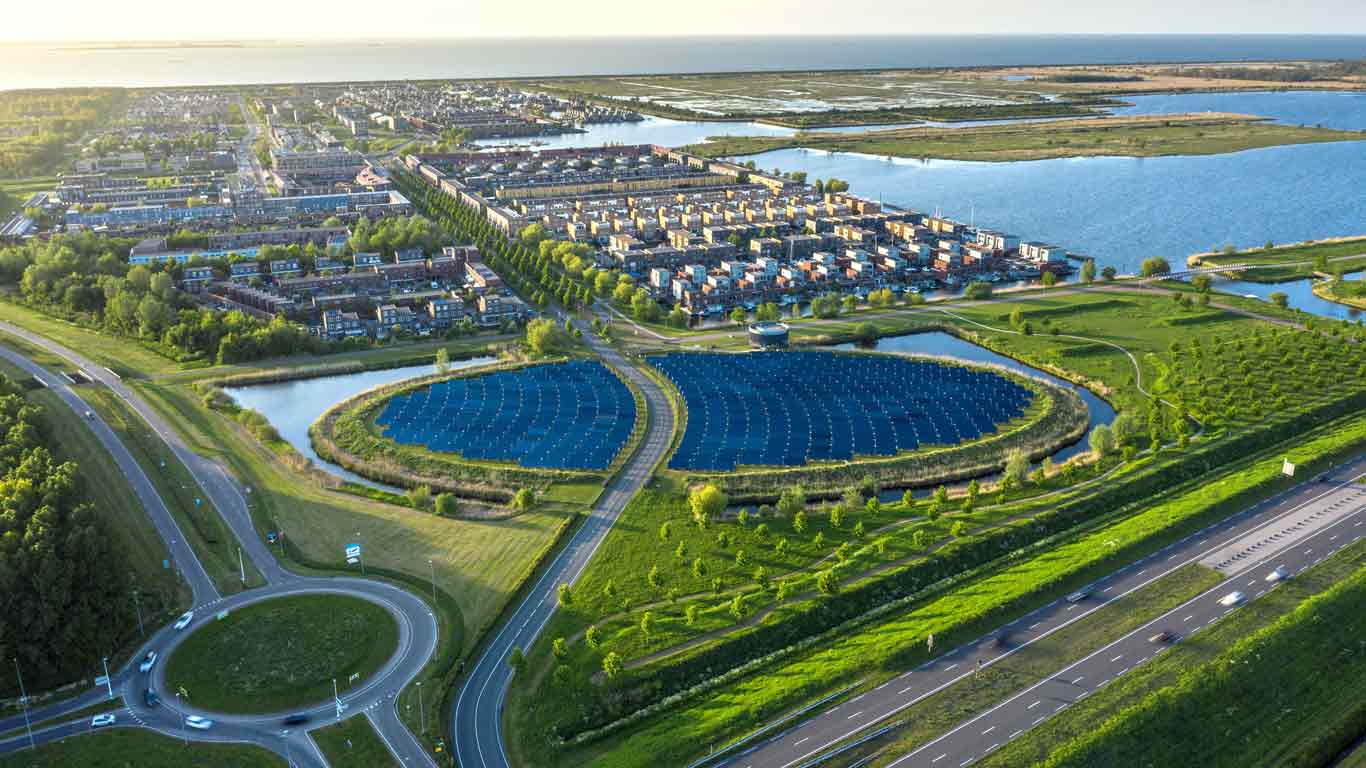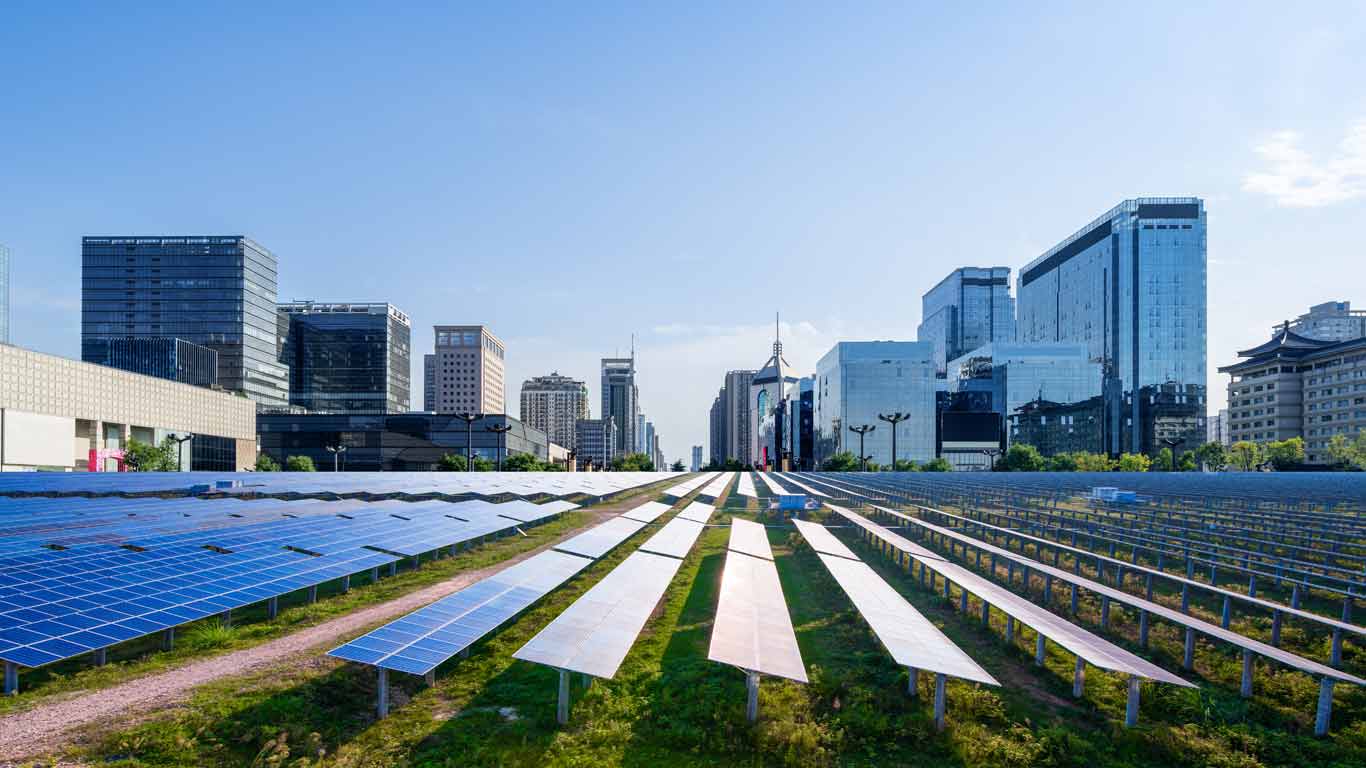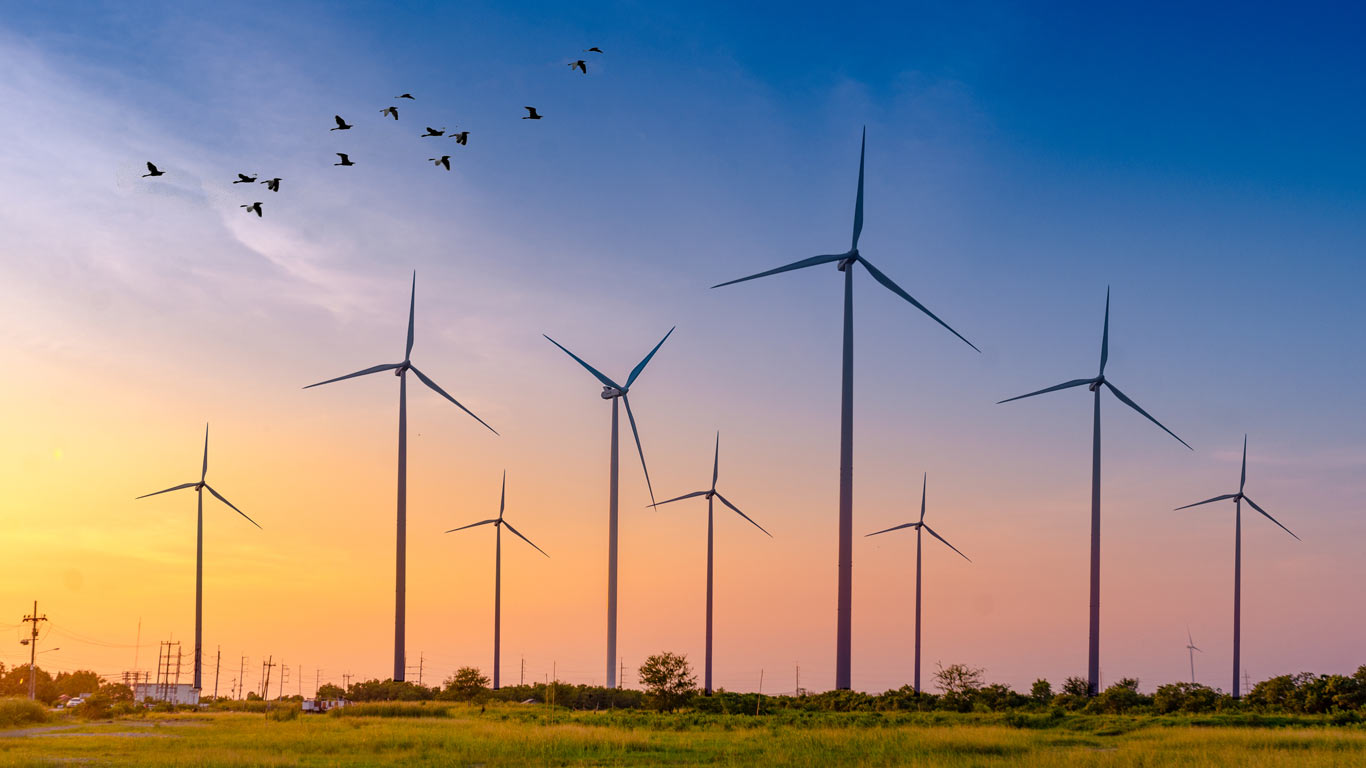Role of Smart Technology in Sustainable Housing
By homz | June 4, 2025
With the climate-crisis backdrop continuing to shape the way we live, the housing industry is being challenged to create one disruptive answer: sustainable housing backed by smart technology. Increasingly in America, where housing ranks strong in carbon emissions, attention is being paid to creating sustainable communities—places that walk the walk concerning environmental standards but also uphold smart technology, resilience, and safety.
Why then this shift? How does smart technology help make the real estate business truly sustainable? The answers lie ahead.
What is Sustainable Housing?
And now, let’s get into the technological stuff after some talk about sustainable housing.
Sustainable houses mean all sorts of residential buildings that are constructed or planned and furnished so as to minimize in any way possible their impact on the environment. This implies the use of eco-materials, conserving energy and water, and promoting social well-being.
More generally, sustainable housing falls under sustainable community, where houses, transport, and resources are all organized in a way so as not to waste anything and at the same time derive maximum utility from it. Left unchecked, that figure will only increase.
Why Sustainable Housing Matters Today?:
- Reduces carbon footprint: Green production material and an efficient energy system reduce destructive emissions.
- Energy-efficient tool reduces bills: Energy-efficient lighting, heating, and cooling reduce the monthly bill.
- Increases public health: Low pollution and cleaner indoor air ensure general health.
- Flexible social form: A green society is better equipped to handle climate events, such as floods or heat waves to handle.
- Future protection: As the energy and carbon rules increase, green homes are less likely to become obsolete and lose their value.
Advantages of Green Housing
The advantages of green housing are not limited to the environment. Let’s cut to the chase:
- Financial Benefits: Green thermostats, solar roofs, and conservation systems significantly minimize monthly expenses. The U.S. Department of Energy says energy-efficient homes have the potential to cut utility expenses by as much as 30%. And as inflation goes up, that’s a serious plus for homeowners.
- Improved Property Value: As younger generations enter the market, demand for sustainable and technologically equipped homes is increasing. A Zillow report indicates that “eco-friendly” homes sell up to 10 days sooner and for more dollars.
- Comfort and Health: Green buildings ensure improved air circulation, natural lighting, and reduced chemical exposure. This has a direct impact on the mental and physical health of the occupants.
- Increased Lifespan of Materials: Green materials are more weather-resistant and permanent, and they must be repaired or replaced over longer periods.
Role of Smart Technology in Sustainable Homes
Now, here’s the part where smart technology makes a huge difference.
Smart housing technology is automated technology that maximizes energy efficiency, security, and convenience. Think smart lights, thermostats, irrigation, security cameras, and even artificial intelligence-powered appliances.
Here’s how smart tech helps build a sustainable community:
- Energy Management: Smart thermostats like Google Nest or ECobe learn about user habits and consequently change the temperature, eliminating useless heat or cooling. Energy consumption each year in such systems can be reduced by 10-15%.
- Water conservation: Smart irrigation systems are important for states such as California to prevent more water gardens or landscapes to track soil moisture and weather that often experience drought.
- Lighting Efficiency: Motion-sensitive lights and intelligent bulbs eliminate waste of energy. Some intelligent homes are also using daylight sensors, which can automatically adjust the light depending on whether natural light is available.
- Control of equipment: Tools and smart plugs can be programmed to run during off-peak hours to reduce the power consumption during top load, which benefits the grid and the environment.
- Security and monitoring: Eco-security cameras and intelligent door locks offer security at the cost of less energy. They also reduce the requirement for physical security infrastructure.
- Sustainable Community Networks: Smart community platforms enable citizens to monitor collective use of resources, check public transport timetables, or arrange ride-sharing, yet another aspect of sustainable living.
Transforming Buyer Trends in 2025
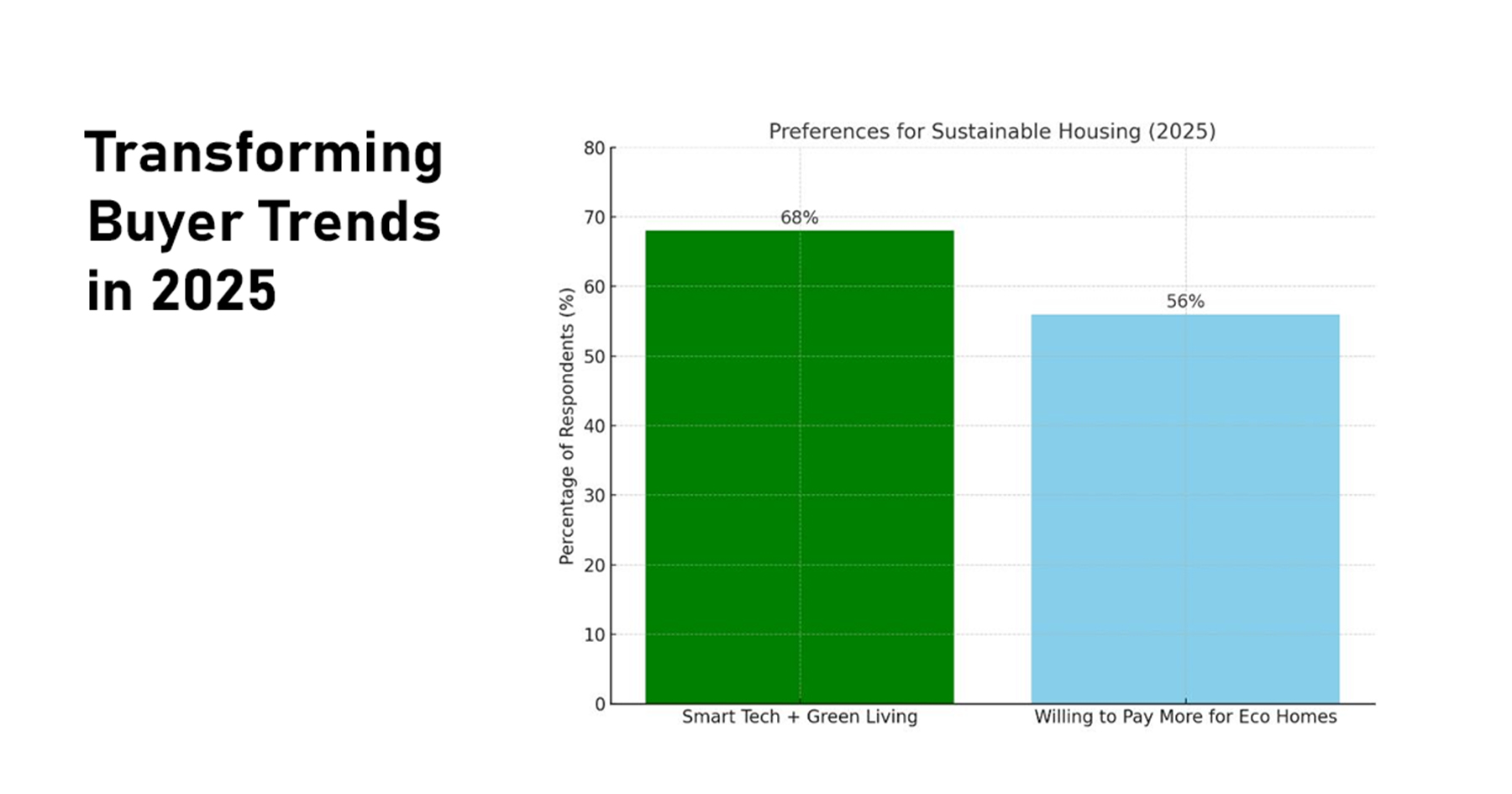
Millennials and Gen Z—who are now dominating new home purchases—are emphasizing sustainability like never before.
As per a 2025 report by the National Association of Realtors, 68% of first-time homebuyers want homes with integrated smart technology that promotes green living.
A Deloitte study indicates that 56% of American adults are happy to pay extra for an eco-friendly home.
Prospective homebuyers in cities now seek additional features such as solar roof points, energy-efficient glass, electric vehicle charging stations, and waste segregation systems.
This information indicates a shift away from traditional home purchase towards environmentally friendly real estate options.
Homz Global: Paving the way for Smart and Sustainable Living
When it comes to marrying technology with sustainability, Homz Global is a national leader in the U.S. housing market.
Homz Global is a new-generation housing firm dedicated to creating sustainable communities throughout America. Their approach combines intelligent technology with environmentally friendly, sustainable design, ranging from energy-efficient appliances to smart grid connectivity, water conservation, and health-oriented architecture.
Their purpose is not simply about houses, but about creating integrated, affordable, and sustainable communities. Homz Global works in partnership with municipal governments, technology providers, and planners to create each development with the highest levels of sustainability.
Homz Global continues to raise the bar in sustainable real estate, meeting both national and international climate goals while enriching everyday living for its residents.
Conclusion: The Smart Way to a Greener Tomorrow
Green housing is no longer nice to have—it’s necessary. With increasing climate risks, economic instability, and changing consumer preferences, the inclusion of smart technology in home construction isn’t just genius—it’s imperative.
The advantages of green housing are evident: reduced bills, improved well-being, and long-term value. Armed with leading-edge smart systems, such houses form the cornerstone of an authentic, sustainable community.
Firms such as Homz Global are demonstrating that the future of housing in America can be both green and innovative. And as investors, planners, or homeowners, this is a future we can all be a part of—one intelligent home at a time.










